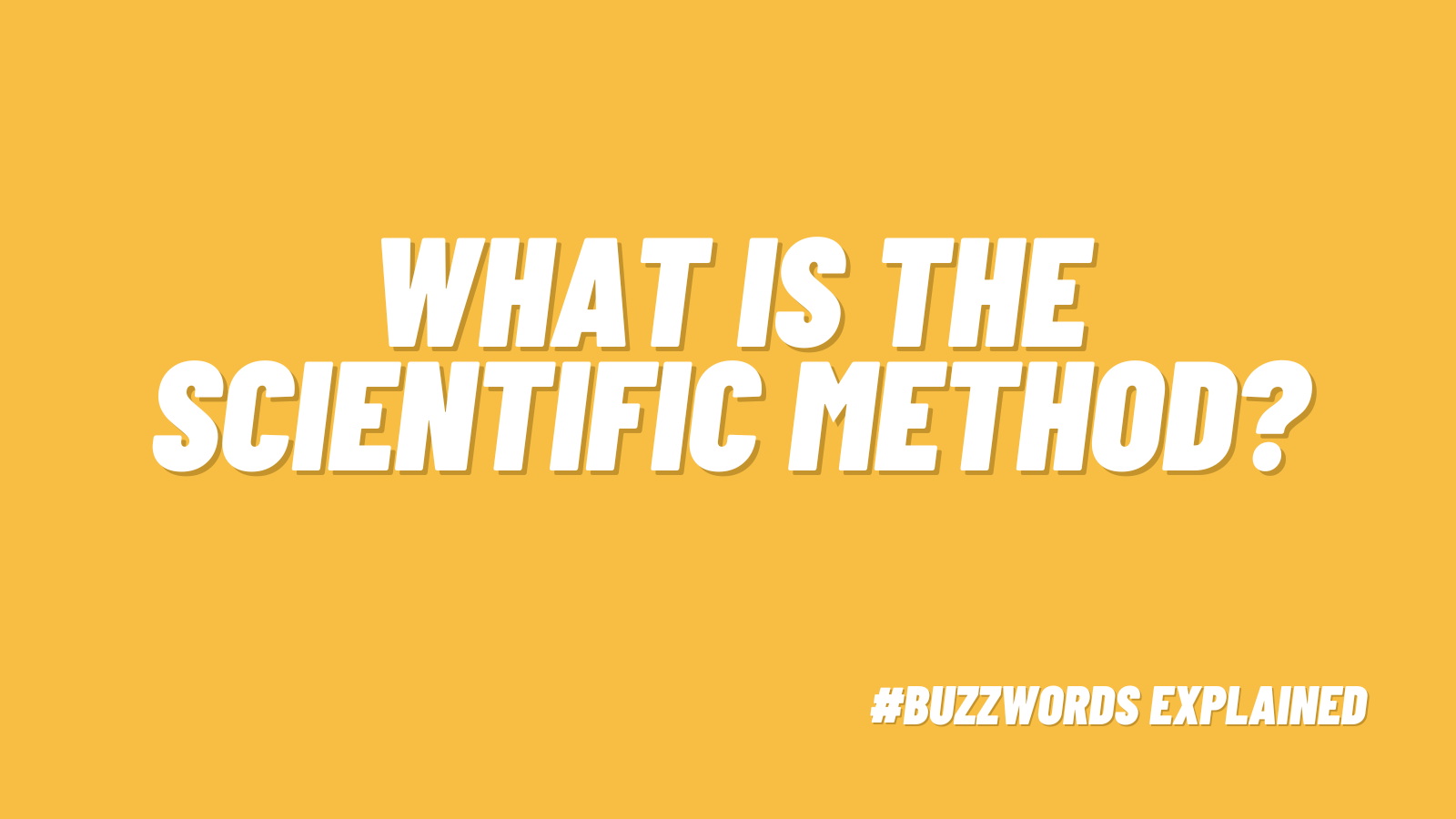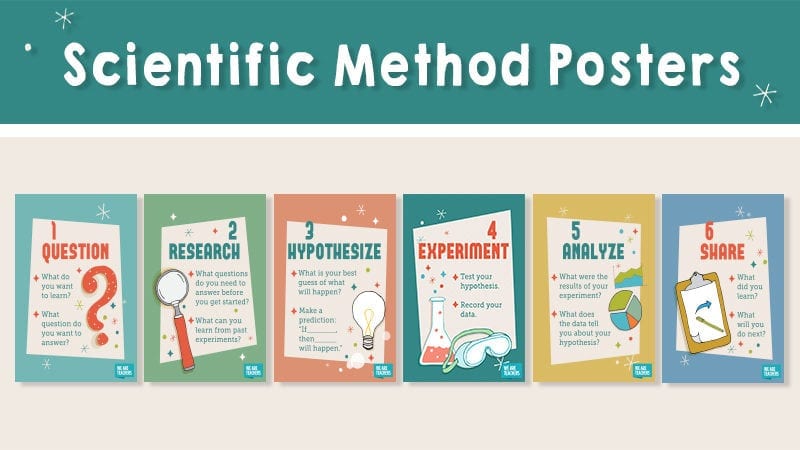
The scientific method not only teaches students how to conduct experiments, but it also enables them to think critically about processes that extend beyond science and into all aspects of their academic lives. Just like detectives, scientists, and explorers, students can use this scientific method structured-steps approach to explore, question, and discover.
Jump to:
What is the scientific method?
The scientific method is like a structured adventure for exploring the world that encourages discovery by finding answers and solving puzzles. With the scientific method steps, students get to ask questions, observe, make educated guesses (called hypotheses), run experiments, collect and organize data, draw sensible conclusions, and share what they’ve learned. Students can explore the natural world with a well-organized and curious approach.
What are the steps of the scientific method?
The scientific method steps can vary by name, but the process as a whole is the same across grade levels. There are as many as seven steps, but sometimes they are combined. Below are six steps that make the process accessible to younger learners.
1. Question
Encourage students to ask why, what, when, where, or how about a particular phenomenon or topic. Get them wondering about something that they find interesting or have a passion for.
2. Research
Teach them to use their senses to gather information and make notes—for example, what are they seeing, hearing, etc.
3. Hypothesize
Based on observations, students will then make a hypothesis, which is an educated guess—it’s what they think will happen in an experiment.
4. Experiment
To test their hypothesis, students can conduct an investigation or experiment and collect data. Data collection can involve charts, graphs, and observations.
5. Analyze
Students can then look at the results of their experiment and interpret what that means in the grand scheme of their original question. From the data collected, students can then apply the new knowledge to their original question.
6. Share
Just like real scientists, students can communicate their findings with their classmates in a presentation, lab write-up, and many other ways.
Be sure to check out our free printable scientific method posters and free scientific method steps printable.
How does the scientific method encourage critical thinking?
The scientific method fosters critical thinking in students by promoting curiosity, observation, hypothesis formation, problem-solving, data analysis, logical reasoning, and effective communication. This structured approach equips students with vital skills for science and everyday life, while also promoting open-mindedness, adaptability, and reflective thinking, enhancing their critical thinking abilities across various situations.
The scientific method isn’t just about experiments, it’s a valuable tool that helps students become critical thinkers in all areas of their studies. From forming hypotheses to conducting experiments and sharing findings, it equips them with important skills. Plus, it encourages open-mindedness and adaptability. By using the scientific method, students start a lifelong adventure of learning and solving problems.
How are the scientific method steps used in the classroom?
Even students as young as kindergarten can begin learning and exploring the scientific method steps. Plus, the scientific method is used all the way through high school and beyond, so it’s not a one-and-done skill. If you’re looking for hands-on ways for students to practice the scientific method, we compiled science experiments, labs, and demonstrations for elementary through middle school teachers to share with their students:
Free Printable Scientific Method Worksheet
This worksheet includes space for students to fill in every step of the scientific inquiry process along with prompts to ensure they stay on track.
Free Printable Scientific Method Posters

Looking for a visual aid to help your students remember the steps to the scientific method? Get our free printable scientific method posters.






